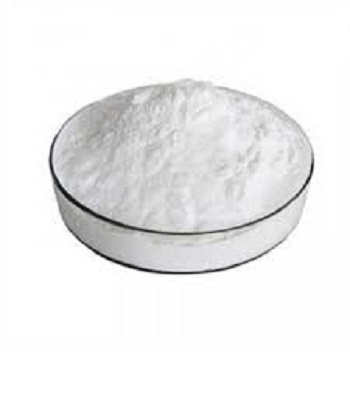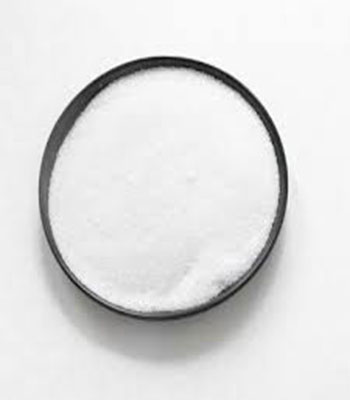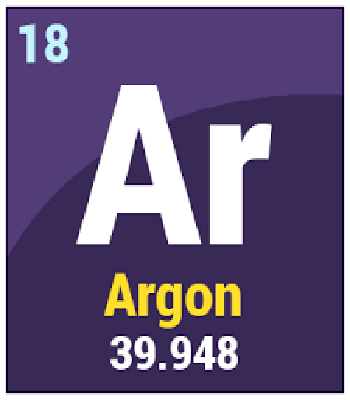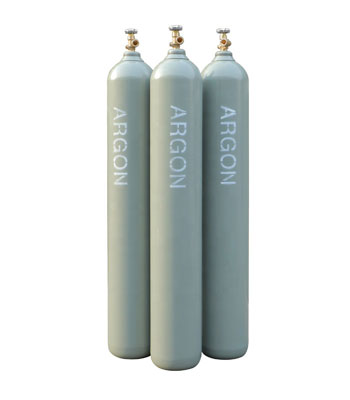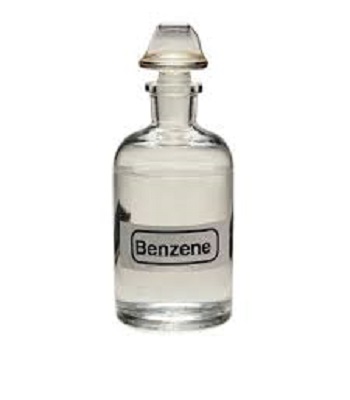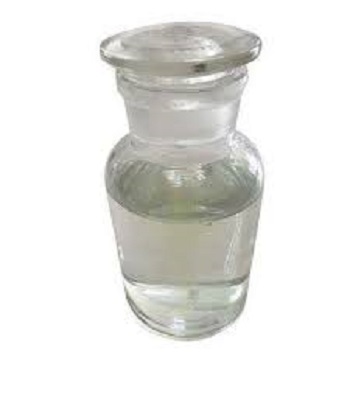Ammonium chloride(food grade)
$0.00Ammonium Chloride (NH4Cl), also known as ‘Sal ammoniac’, ‘Nushadir salt’, and is used as a food additive. Commonly used as a yeast nutrient in bread making, as excellent flavor-agent for delicious sweets, to improve the crispiness of snacks such as Indian samosas and jalebi, In baking it give cookies a very crisp texture. Ammonium chloride is also used as an expectorant in cough medicine.
Ammonium chloride(food grade)
$0.00Ammonium Chloride (NH4Cl), also known as ‘Sal ammoniac’, ‘Nushadir salt’, and is used as a food additive. Commonly used as a yeast nutrient in bread making, as excellent flavor-agent for delicious sweets, to improve the crispiness of snacks such as Indian samosas and jalebi, In baking it give cookies a very crisp texture. Ammonium chloride is also used as an expectorant in cough medicine.
Ammonium chloride(food grade)
$0.00Ammonium Chloride (NH4Cl), also known as ‘Sal ammoniac’, ‘Nushadir salt’, and is used as a food additive. Commonly used as a yeast nutrient in bread making, as excellent flavor-agent for delicious sweets, to improve the crispiness of snacks such as Indian samosas and jalebi, In baking it give cookies a very crisp texture. Ammonium chloride is also used as an expectorant in cough medicine.
Ammonium chloride(industrial grade)
$0.00Ammonium chloride, abbreviated as ammonium chloride. It refers to the ammonium salt of hydrochloric acid, which is mostly a by-product of the alkali industry. Containing 24%~26% of nitrogen, it is white or slightly yellow square or octahedral small crystal. It has two dosage forms of powder and granular. Granular ammonium chloride is not easy to absorb moisture and easy to store, while powdered ammonium chloride is used more. Basic fertilizer for the production of compound fertilizer
Ammonium chloride(industrial grade)
$0.00Ammonium chloride, abbreviated as ammonium chloride. It refers to the ammonium salt of hydrochloric acid, which is mostly a by-product of the alkali industry. Containing 24%~26% of nitrogen, it is white or slightly yellow square or octahedral small crystal. It has two dosage forms of powder and granular. Granular ammonium chloride is not easy to absorb moisture and easy to store, while powdered ammonium chloride is used more. Basic fertilizer for the production of compound fertilizer
Ammonium chloride(industrial grade)
$0.00Ammonium chloride, abbreviated as ammonium chloride. It refers to the ammonium salt of hydrochloric acid, which is mostly a by-product of the alkali industry. Containing 24%~26% of nitrogen, it is white or slightly yellow square or octahedral small crystal. It has two dosage forms of powder and granular. Granular ammonium chloride is not easy to absorb moisture and easy to store, while powdered ammonium chloride is used more. Basic fertilizer for the production of compound fertilizer
ARGON Gas
$0.00Argon is a chemical element with the symbol Ar and atomic number 18. It is in group 18 of the periodic table and is a noble gas. Argon is the third-most abundant gas in the Earth’s atmosphere, at 0.934%.
Argon Gas
$0.00Argon is a chemical element with symbol Ar and atomic number 18. It is in group 18 of the periodic table and is a noble gas.[3] Argon is the third most common gas in the Earth’s atmosphere, at 0.93% (9,300 ppm), making it approximately 23.8 times as abundant as the next most common atmospheric gas, carbon dioxide (390 ppm), and more than 500 times as abundant as the next most common noble gas, neon (18 ppm). Nearly all of this argon is radiogenic argon-40 derived from the decay of potassium-40 in the Earth’s crust. In the universe, argon-36 is by far the most common argon isotope, being the preferred argon isotope produced by stellar nucleosynthesis in supernovas.
ARGON Gas
$0.00Argon is a chemical element with the symbol Ar and atomic number 18. It is in group 18 of the periodic table and is a noble gas. Argon is the third-most abundant gas in the Earth’s atmosphere, at 0.934%.
Argon Gas
$0.00Argon is a chemical element with symbol Ar and atomic number 18. It is in group 18 of the periodic table and is a noble gas.[3] Argon is the third most common gas in the Earth’s atmosphere, at 0.93% (9,300 ppm), making it approximately 23.8 times as abundant as the next most common atmospheric gas, carbon dioxide (390 ppm), and more than 500 times as abundant as the next most common noble gas, neon (18 ppm). Nearly all of this argon is radiogenic argon-40 derived from the decay of potassium-40 in the Earth’s crust. In the universe, argon-36 is by far the most common argon isotope, being the preferred argon isotope produced by stellar nucleosynthesis in supernovas.
ARGON Gas
$0.00Argon is a chemical element with the symbol Ar and atomic number 18. It is in group 18 of the periodic table and is a noble gas. Argon is the third-most abundant gas in the Earth’s atmosphere, at 0.934%.
Argon Gas
$0.00Argon is a chemical element with symbol Ar and atomic number 18. It is in group 18 of the periodic table and is a noble gas.[3] Argon is the third most common gas in the Earth’s atmosphere, at 0.93% (9,300 ppm), making it approximately 23.8 times as abundant as the next most common atmospheric gas, carbon dioxide (390 ppm), and more than 500 times as abundant as the next most common noble gas, neon (18 ppm). Nearly all of this argon is radiogenic argon-40 derived from the decay of potassium-40 in the Earth’s crust. In the universe, argon-36 is by far the most common argon isotope, being the preferred argon isotope produced by stellar nucleosynthesis in supernovas.
Benzene
$0.00DESCRIPTION
Benzene (cyclohexa-1, 3) is the basis of a group of hydrocarbons referred to as “aromatics”. It is a clear colorless liquid, with a characteristic aromatic smell. Benzene is produced worldwide in substantial quantities, and because it is very easy to transport by ship, it is traded internationally.
Benzene
$0.00DESCRIPTION
Benzene (cyclohexa-1, 3) is the basis of a group of hydrocarbons referred to as “aromatics”. It is a clear colorless liquid, with a characteristic aromatic smell. Benzene is produced worldwide in substantial quantities, and because it is very easy to transport by ship, it is traded internationally.
Benzene
$0.00DESCRIPTION
Benzene (cyclohexa-1, 3) is the basis of a group of hydrocarbons referred to as “aromatics”. It is a clear colorless liquid, with a characteristic aromatic smell. Benzene is produced worldwide in substantial quantities, and because it is very easy to transport by ship, it is traded internationally.
Benzene-Hydrocarbons
$0.00Benzene is a chemical that is a colorless or light yellow liquid at room temperature. It has a sweet odor and is highly flammable. Benzene evaporates into the air very quickly. Its vapor is heavier than air and may sink into low-lying areas. Benzene dissolves only slightly in water and will float on top of water.
Benzene-Hydrocarbons
$0.00Benzene is a chemical that is a colorless or light yellow liquid at room temperature. It has a sweet odor and is highly flammable. Benzene evaporates into the air very quickly. Its vapor is heavier than air and may sink into low-lying areas. Benzene dissolves only slightly in water and will float on top of water.
Benzene-Hydrocarbons
$0.00Benzene is a chemical that is a colorless or light yellow liquid at room temperature. It has a sweet odor and is highly flammable. Benzene evaporates into the air very quickly. Its vapor is heavier than air and may sink into low-lying areas. Benzene dissolves only slightly in water and will float on top of water.



